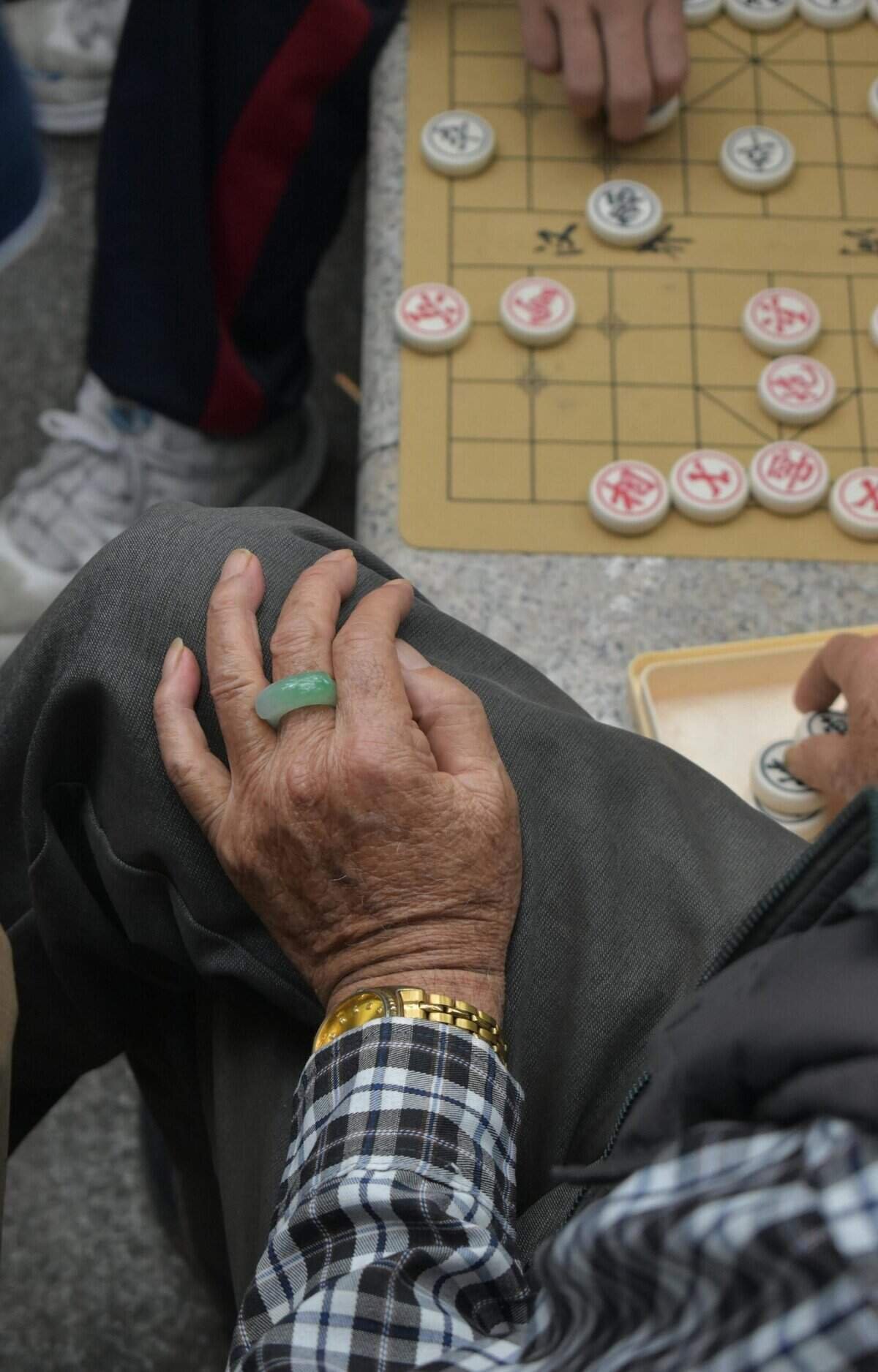What would your freelance career feel like if you could see the goals, habits, clients, and lifestyle you want every time you sit down to work?
What a vision board is and why it helps your freelance motivation
A vision board is a physical or digital collage of images, words, and symbols that represent what you want to create in your life and work. It acts like a visual contract with yourself, making abstract goals more tangible and emotionally engaging.
For freelancers, motivation often wavers because income, client flow, and schedule structure are variable. A vision board helps you keep your focus on the future you’re building, reinforces daily habits, and reminds you why you’re putting in the work. You’ll feel clearer about priorities and more intentional with each decision.
How vision boards support freelance work specifically
Vision boards do more than inspire—you can use them as practical tools to guide client choices, rate decisions, marketing, and skills development. When you select images and phrases that reflect your ideal projects, they become criteria you can apply when a new opportunity appears.
You’ll also use vision boards to shape your routine, protect your time, and design boundaries. Because freelancing mixes personal and professional life, a board can help you visually separate what you want for business from lifestyle goals, giving both equal weight.
Types of vision boards and which one fits your freelance style
There are several types of vision boards; each has pros and cons. Choose one that matches how you like to interact with visuals, how often you’ll update it, and whether you need portability.
| Type | Best if you want… | Pros | Cons |
|---|---|---|---|
| Physical poster or corkboard | A tactile, permanent presence | Highly visible, satisfying to arrange | Harder to update remotely |
| Magnetic or whiteboard | Flexibility and easy swaps | Reusable, great for evolving goals | Less decorative; can feel temporary |
| Digital (Canva, Milanote, Pinterest) | Portability, cloud access | Easy to edit, replicate, share | Requires device; may be easy to ignore |
| Mini or Pocket board | Portability and quick reference | Fits in a planner or phone; great for daily check-ins | Less space for complex vision |
| Hybrid (physical + digital) | Both presence and flexibility | Combines best of both worlds | Requires managing two systems |
Choose the format that aligns with where and how you work. If you freelance remotely and travel, a digital or hybrid approach might be better. If you work from a single home office, a physical board can become a motivating landmark.
Clarify your freelance goals before you build the board
Before you collect images, clarify the goals you want the board to represent. Spend time answering focused questions so your visuals aren’t vague or decorative only.
Ask yourself:
- What annual income target would make you feel secure and energized?
- What types of projects or clients excite you?
- What skills do you want to master or offer?
- What schedule or lifestyle do you want (hours, remote vs local, travel)?
- What confidence, reputation, or brand associations do you want to cultivate?
Write short answers and distill them into phrases you can place on the board. Clear goals tailor the visuals and make the board useful rather than mere decoration.

Creating a structure: sections your freelance vision board should include
Organize your board into sections so it becomes an actionable roadmap, not just a collage. Each section should have a specific purpose and tie into measurable milestones.
Suggested sections:
- Income & Financial Targets: Visuals and numbers that show the income level and sources (retainers, recurring clients, passive income).
- Ideal Clients & Projects: Photos or logos that represent the kinds of clients you want and project types you enjoy.
- Skills & Learning: Courses, certifications, or skill icons you plan to acquire.
- Workflow & Tools: Visual cues for productivity systems, tools, or rituals.
- Lifestyle & Boundaries: Images that represent hours, location, rest, and personal life balance.
- Branding & Reputation: Colors, fonts, sample portfolio pieces, or client testimonials.
- Emotional Anchors & Mantras: Affirmations and phrases to reframe doubt and keep momentum.
Breaking the board into sections helps you set priorities and prevents the clutter that dilutes focus.
Step-by-step process to build your freelance vision board
Here’s a practical sequence you can follow to create a board that motivates and directs action. Each step is brief and clear so you can actually complete it.
- Prepare your space and materials. Choose a physical board or create a blank digital canvas. Gather magazines, printers, scissors, glue, sticky notes, or open your favorite digital tool.
- Review clarifying notes. Re-read the answers to your goal questions so the board reflects your real priorities.
- Choose a time frame. Decide if the board covers the next 90 days, 6 months, or 1 year. Shorter cycles help maintain relevance.
- Collect images and words. Look for images, icons, and phrases that spark emotion and align with the sections you defined.
- Layout intentionally. Place the highest-priority section at the board’s center or at eye level. Use grouping and color to organize.
- Add specifics. Include numbers (income targets, client counts), dates, or metrics so you know what success looks like.
- Anchor with a daily action list. Add 3–5 actions that you’ll commit to daily or weekly. Make them visible on the board.
- Place the board where you’ll see it. Position it in your workspace or make a daily-access digital background.
- Review weekly. Set a habit to glance at the board each morning and note one action you’ll take that day.
- Update every cycle. After your chosen time frame, adjust images, metrics, and actions based on what worked.
If you follow these steps, your board reads like a living plan rather than static aspiration.
Choosing images, words, and metrics that actually motivate
Not all motivational images are equally effective. Choose elements that trigger emotion and are connected to concrete behavior.
- Images: Pick visuals that make you feel the result. If you want higher-paying clients, use imagery that represents professionalism and value—not just money stacks.
- Words: Use short, active phrases like “3 retainer clients” or “$6k/month” instead of vague mottos. Include a few emotional anchors like “Calm confidence” to manage stress.
- Metrics: Attach numbers and deadlines. Visuals plus numbers translate feeling into measurable goals.
Avoid generic stock photos that don’t connect with your specific freelance niche. Tailored images create stronger motivation.
Sample vision board layout (90-day focus)
Use this sample layout if you’re building a board for a three-month sprint. Place it where you’ll see it every day.
| Section | Examples to include | 90-day target |
|---|---|---|
| Income | $ per month goal, recurring revenue icons | Reach $3,000/month |
| Clients | Ideal client photos/logos, niche keywords | 2 retainer clients |
| Skills | Course badges, software icons | Learn a new tool (e.g., Figma) |
| Marketing | LinkedIn, email images, sample posts | Send 8 outreach emails/week |
| Workflow | Pomodoro timer, calendar image | 5 hrs deep work/day |
| Lifestyle | Travel photo, evening routine | Work 30 hrs/week, no weekend work |
| Emotional | Affirmations, “You can do it” type line | Minimum one confidence-building action/week |
This table helps you translate images into measurable short-term targets so each visual has a clear purpose.

Using SMART goals with your vision board
Make images actionable by linking them to SMART goals: Specific, Measurable, Achievable, Relevant, Time-bound. Adding this layer makes the board a management tool as well as an inspiration source.
Example:
- Vision image: A laptop with a neat site mockup.
- SMART goal: Launch a portfolio landing page and get three project inquiries in 60 days.
Attach the SMART detail near the image or on a sticky note so the visual and the action are always paired.
Daily and weekly rituals that make the vision board effective
A vision board works only when it’s integrated into routines. Create short rituals to keep it alive in your workflow.
- Morning 2-minute check: Look at the board and choose one priority for the day.
- Weekly review (15–30 minutes): Update metrics, move sticky notes, or swap images.
- Monthly reflection: Identify wins, barriers, and adjust the board for the next month.
- Evening micro-journal (3–5 minutes): Note one small progress point tied to the board.
These rituals turn passive viewing into intentional action and keep motivation consistent.
How to use the board during client decisions and proposals
When a potential client arrives, consult your board. Ask whether the project aligns with your “Ideal Clients & Projects” section and whether it moves you toward the income and reputation metrics.
If a project doesn’t fit, your board becomes a visual reason to say no politely and redirect the lead. If it does fit, use images and phrases from the board to inform your proposal language and pricing to remain aligned with the brand and value you want to build.
Creating accountability: partners, groups, and tracking systems
Your board is stronger when you add social accountability. Use one or more of these tactics:
- Accountability partner: Share your board with a trusted peer and schedule weekly check-ins.
- Public commitment: Post a cropped, focused part of your digital board in a professional group or on LinkedIn as a commitment to a target.
- Progress tracker: Use a simple spreadsheet or Kanban board to map tasks tied to each vision board goal.
Social and system supports keep momentum when motivation wanes.

Overcoming common obstacles freelancers face with vision boards
You’ll hit bumps like loss of motivation, comparison, or analysis paralysis. Here’s how to handle them.
- If you feel discouraged: Add micro-wins to the board so you regularly experience progress.
- If you procrastinate: Make the next action so small you can’t avoid it (e.g., “send 1 outreach email”).
- If you compare yourself: Add reminders of your unique path and celebrate small differences from others.
- If the board feels static: Rotate a “test” section to experiment without disrupting your main ambitions.
These fixes help the vision board remain practical during tough stretches.
Updating and evolving your vision board
A vision board should be dynamic. Decide on a review cadence—commonly 30, 60, or 90 days—and refresh images, metrics, and actions then.
When to overhaul:
- Major life change (moving, major client win, shift in niche)
- You meet a major goal and need a new target
- Visual fatigue: if you stop noticing it, change it
When updating, keep a “legacy” section with wins and proof of progress so you can see how far you’ve come.
Mini-boards, monthly themes, and rotating focuses
If a full board feels overwhelming, use mini-boards or rotating monthly themes. You can have a permanent core board for long-term vision and smaller boards for sprints like “marketing month” or “skill-building month.”
Benefits:
- Keeps focus sharp
- Makes updates quicker
- Helps you maintain momentum on multiple fronts without clutter
Alternating themes prevent stagnation and help you tackle multiple objectives across the year.
Digital tools and practical tips for making a digital board
If you prefer digital, these tools and tips help you create a compelling and accessible vision board.
- Tools: Canva (easy templates), Milanote (visual organization), Pinterest (image curation), Google Slides (simple layout), Notion (integrated tracking).
- Tip: Use high-quality images and keep file or board backups.
- Tip: Set the board as your desktop or phone background for constant exposure.
- Tip: Use cloud folders for inspiration to add to the board quickly.
Digital boards are especially useful if you work across locations or want to share easily.

Sample 90-day plan aligned with a vision board
This sample plan shows how to translate board targets into weekly action.
Week 1:
- Finalize board and set 90-day targets.
- Send 8 outreach emails and update portfolio.
Week 2:
- Complete 1 skill module (e.g., SEO basics).
- Publish one content piece that matches ideal client interests.
Week 3:
- Follow-up on outreach.
- Offer a discounted consult to attract a first retainer.
Week 4:
- Assess results, update board images for wins or gaps.
- Recalibrate targets if needed.
Repeat and refine with the same rhythm for subsequent months. Keep metrics visible on the board.
Measuring success and using metrics from your board
Track metrics that matter to freelance sustainability: revenue, profit margins, repeat clients, project length, proposal acceptance rate, and hours worked. Link each metric to a board section and gather data weekly or monthly.
Use a simple table to log progress:
| Metric | Target | Current | Notes |
|---|---|---|---|
| Monthly revenue | $5,000 | $3,200 | Ramp-up phase |
| Retainers | 3 | 1 | Outreach ongoing |
| Proposal accept rate | 40% | 25% | Improve proposals |
| Skill modules completed | 6 | 2 | Focus on learning schedule |
This makes your board actionable and informs decisions.
Crafting affirmations and mantras that support freelance resilience
Words on your board should shift your mindset from scarcity to capability. Use short, specific affirmations.
Examples:
- “I sign 2 retainers every quarter.”
- “My rates reflect my value.”
- “I complete projects with calm and clarity.”
- “I attract clients who pay on time.”
Put them near your work area to help you reframe stress and build confidence.
Integrating the vision board into your proposal and portfolio process
Let your board influence what you show prospective clients. Use imagery and language that align with your “Brand & Reputation” section.
- Portfolio: Include case studies that reflect the clients and projects on the board.
- Proposals: Tailor your pitch to speak the visual language of your board’s target client (industry terms, outcomes).
- Prices: Let your income target inform minimum rates and project scopes.
This reduces mismatched client wins and accelerates building the business you want.
Using the vision board when income is inconsistent
When client income fluctuates, lean on the board for practical decisions. Use the financial section to create safety steps such as building a buffer, diversifying revenue, or seeking retainer agreements.
Actions:
- Add a “buffer meter” image with a target savings amount.
- Visualize revenue streams—consulting, courses, passive products.
- Prioritize low-effort, high-value actions when energy is low.
A board can reduce panic by making contingency options visible and planned.
Case scenarios: board-as-strategy for common freelance phases
Scenario: Starting out
- You’ll focus on portfolio imagery, quick wins, and clarity of niche. The board keeps your outreach consistent.
Scenario: Growing
- Emphasize branding and income targets. Use visuals of conferences, speaking, or agency partnerships.
Scenario: Plateauing
- Use a research and learning section. Add a “test” strip for experiments: new pricing or a new outreach channel.
For each phase, tailor the board so it’s a strategic tool for the stage you’re in.
Common mistakes and how to avoid them
Mistake: Too many vague images
- Fix: Add specifics—numbers, dates, and exact client types.
Mistake: Out of sight, out of mind
- Fix: Place board in sight or use digital backgrounds.
Mistake: Not linking to action
- Fix: Attach 3–5 daily/weekly actions to the board.
Mistake: All-or-nothing updates
- Fix: Do micro-updates weekly rather than a big overhaul rarely.
Avoiding these will keep your board practical.
Inspiration prompts and image ideas for freelancers
If you’re stuck selecting visuals, try these prompts:
- Find a photo that represents your ideal client working context.
- Use icons for income types (e.g., subscription = recurring revenue).
- Include a screenshot of a dream testimonial or LinkedIn recommendation.
- Add an image of your ideal workspace or schedule.
- Use a symbol for a boundary you want to uphold (e.g., closed door for no weekend work).
These prompts help when you’re unsure how to express abstract ambitions visually.
Sample daily checklist you can pin to your board
Keep a simple checklist next to your board to translate sight into action.
- Review board and pick the top priority.
- Spend 60 minutes on deep work toward that priority.
- Send at least one outreach or follow-up email.
- Track one metric (revenue, proposals, hours).
- End with a 2-minute gratitude note for one progress point.
Having this checklist visible reduces decision fatigue and keeps the board actionable.
Final suggestions for long-term habit formation
Make the vision board part of a larger system—habits support goals. Stack your vision board rituals onto existing habits like your morning coffee or end-of-day routine. Use small, sustainable actions rather than dramatic rewrites.
Keep celebrating progress by photographing or recording milestones you achieve from the board. These small rewards reinforce the association between the board and real gains.
Closing encouragement and next steps
If you build a vision board that reflects measurable goals, integrates with daily rituals, and is reviewed regularly, it becomes a central tool for freelance motivation and strategy. Start small: choose a 90-day focus, assemble meaningful visuals, attach SMART goals, and commit to weekly reviews. Your board will help you say yes to better clients, charge confidently, and design the freelance life you want—one visible step at a time.
